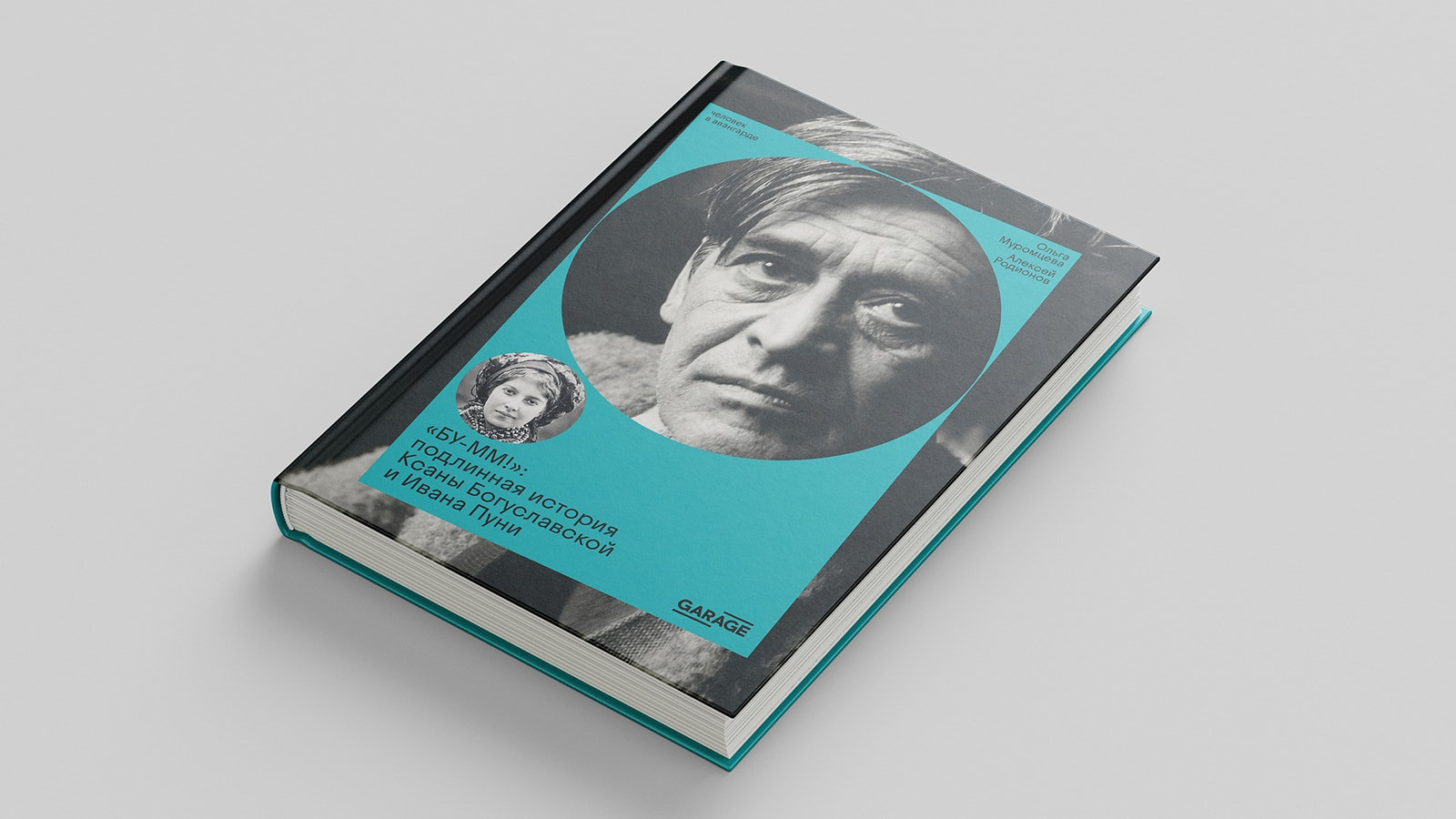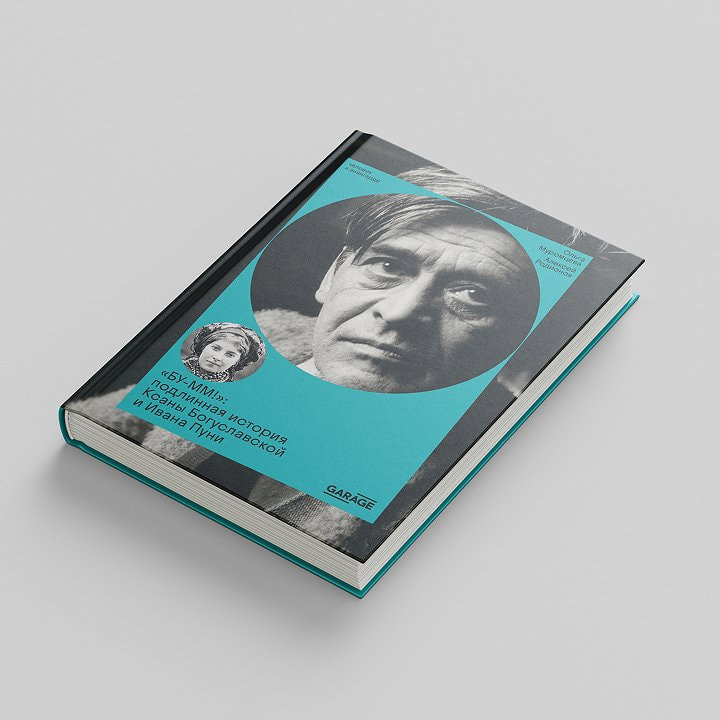Ivan Puni—an artist from Kazimir Malevich’s circle who organized two seminal exhibitions of leftist art with Malevich
Ramway V and 0.10—first came to the public’s attention in the mid-1910s. After the Revolution, he actively collaborated with the Bolsheviks, taught at the Open Art Studios in Petrograd, and worked with Marc Chagall in Vitebsk. In the early 1920s, his exhibition at Sturm Gallery in Berlin was a huge success, and in 1923 he moved to France where eventually joined the School of Paris. His acclaim as a key artist of the avant-garde is largely posthumous, thanks to the efforts of his widow Ksenia Boguslavskaya. The book focuses in particular on her role as his personal manager and an indispensable part of their successful duo. Mikhail Matyushin noted that, «Ksenia Boguslavskaya, a rather clever and talented woman, was primarily focused on the superficial aspect of art. ‘We need to create a boom, ’ she used to say. Make a lot of noise.» Her strategy worked. Ksana (as her friends called Ksenia) not only made sure that Puni’s name became part of twentieth-century history by literally recreating his early works but also contributed to the mythologized history of Russian art of the revolutionary decade.
Previously unpublished materials discovered by Olga Muromtseva and Alexey Rodionov in the archives of Moscow, St. Petersburg, Paris, and Berlin shed new light on Boguslavskaya and Puni’s activities and debunk some of the myths created by Ksana, for whom the success of her beloved husband was her key goal on life.








